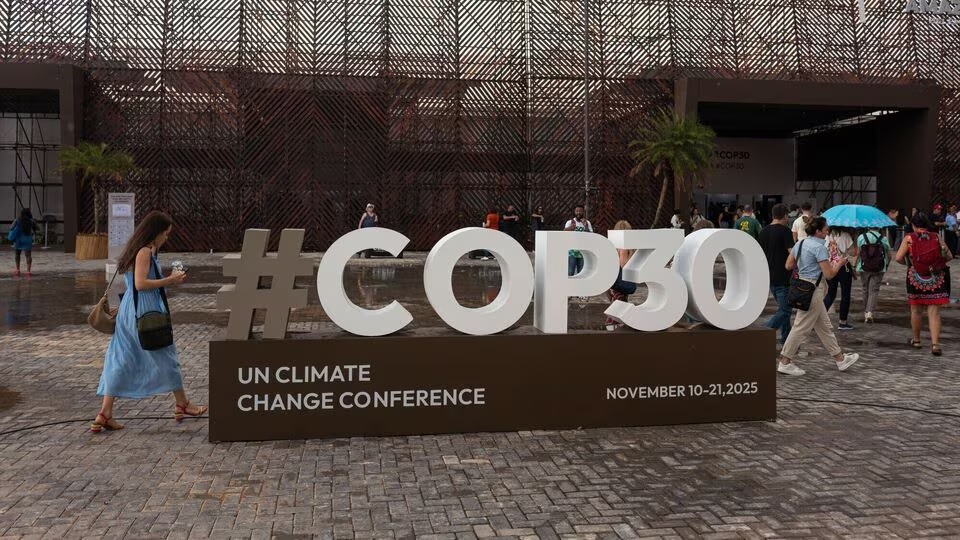MALAYSIA GREENLIGHTS US$142M RARE-EARTH MAGNET PLANT

From raw ore to advanced materials
Malaysia is moving up the value chain with a 600 million ringgit (about US$142 million) project to produce high-grade neodymium magnets in Pahang. Backed by Lynas Rare Earths and South Korea’s JS Link, the facility targets core components for EV motors, wind turbines, robotics, and defense. Prime Minister Anwar Ibrahim said land has been secured and investment committed—signaling the plan is beyond memorandums and into execution. For a country long reliant on raw-material exports, processing and magnet making offer bigger margins and strategic clout in clean-tech supply lines.
Strategic hedging in a fragmented market
Global magnet demand is set to climb with electrification. Malaysia’s bet seeks to diversify non-China capacity while leveraging Lynas’s upstream feedstock. The project aligns with the National Industrial Master Plan 2030, which prioritizes advanced manufacturing, decarbonization, and skilled jobs. Risks remain: permitting and environmental standards, competition from established Chinese suppliers, and price swings in rare-earth oxides. Still, a credible magnet hub in Kuantan could attract allied metalworking and motor assembly, knitting Southeast Asia deeper into Western EV and turbine supply chains and giving Malaysia a new lever in industrial diplomacy.






















